The Pediatrics Residency Program at Children’s Hospital of Philadelphia is the top program of its kind in the nation. https://www.chop.edu/residency In this video, Children’s Hospital of Philadelphia (CHOP) Physician-in-Chief and Chairman of the Department of Pediatrics, Joseph W. St. Geme III, MD, as well as current and past CHOP pediatric residents, detail the vast breadth and depth of opportunities available to physicians who choose a career in pediatrics, highlight the strengths of CHOP’s Pediatrics Residency Program, and demonstrate the honor and joy of working with children and their families. The rewards of a career in pediatrics include the opportunity to form deep relationships with patients and families, influence fundamental life choices in a way that makes a lifelong and often life-changing impact, help children grow healthy into adulthood, make initial diagnoses that set care on the right course from the start, counsel families during difficult times, and provide direct patient care in a mix of inpatient and outpatient settings, as well as educate, mentor and engage in research. Children’s Hospital of Philadelphia is a large, university-affiliated clinical teaching and research institute and one of the nation’s best pediatric hospitals. CHOP’s Pediatrics Residency Program is a three-year program accredited by the Accreditation Council of Graduate Medical Education, leading to certification in General Pediatrics by the American Board of Pediatrics. The program has been ranked #1 in U.S. News & World Report surveys for the past several years. CHOP’s Pediatrics Residency Program is dedicated to cultivating well-trained, well-rounded pediatricians. Residents are exposed to cutting-edge patient care, medical education, clinical/translational/basic science research, advocacy/health policy, quality improvement initiatives, bioethics, clinical informatics and global health, among other things. CHOP’s program offers primary, general and subspecialty education; a comprehensive curriculum; a diverse patient population; research opportunities; flexibility and a variety of tracks and pathways; a family-centered approach to care; a balance of academics, hands-on experience and community service/advocacy; support for residents from peers, department chairs and chief administrators. CHOP residents train in cutting-edge facilities, surrounded by a diverse group of world-renowned faculty and scientists who are making key advances that are influencing child health across the globe and who are committed to teaching and mentoring. The staff physicians at CHOP hold faculty appointments in the Ruth and Raymond Perelman School of Medicine at the University of Pennsylvania; the school’s campus is adjacent to the CHOP Main Campus. Faculty members teach on rounds, at the bedside, in multiple small group sessions and in didactic settings. Residents can take many research paths, including basic science research, epidemiology, translational research, clinical research, quality improvement, and pediatric health services research. Faculty members frequently mentor residents on research projects and serve as advisors and mentors for several community outreach experiences for residents. CHOP Pediatric residents go on to practice general pediatrics, pursue high-quality fellowship training in a pediatric subspecialty, hospital-based medicine and office-based medicine.
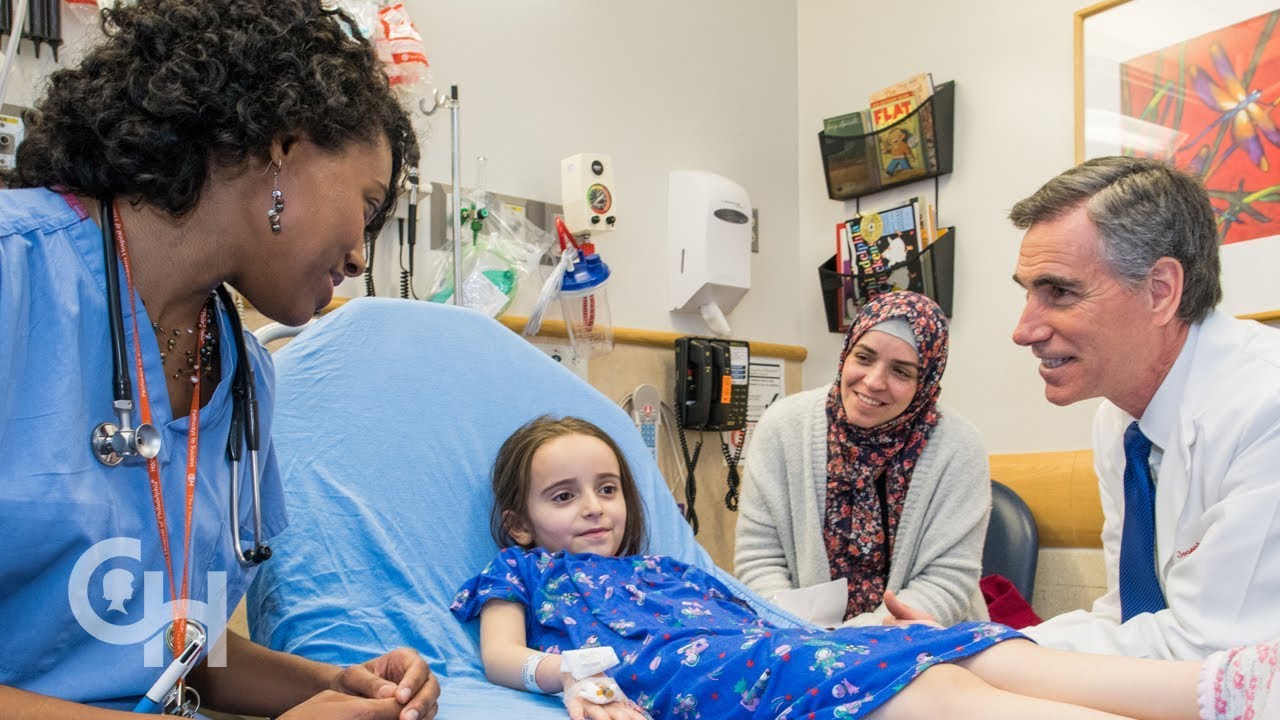
Pediatrics Video – 1
- Post author:
- Post published:May 16, 2021
- Post category:Uncategorized
- Post comments:0 Comments
You Might Also Like

Bodybuilding Nutrition, Diet Recipes & Workout – 36
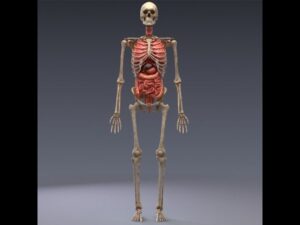
3D Model Human anatomy Animated skeleton internal organs at 3DExport.com
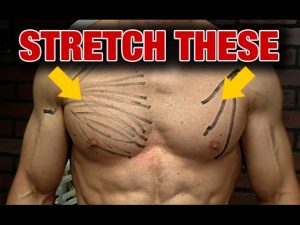
How to Stretch Your Chest (AND HOW NOT TO!)

Insulin Resistance Diet — What To Eat & Why

The Biceps Workout “Master Tip” (FASTER GAINS!)
![Read more about the article [NEW] The Best of Amino Acid Supplements | L-Arginine Bodybuilding REVIEW](https://videos.drmaheshkumar.com/wp-content/uploads/2021/05/NEW-The-Best-of-Amino-Acid-Supplements-L-Arginine-Bodybuilding-REVIEW-300x225.jpg)
[NEW] The Best of Amino Acid Supplements | L-Arginine Bodybuilding REVIEW
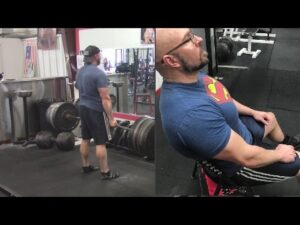
Dr. Brad Schoenfeld Says You Need At Least 10 Sets Per Muscle Group?
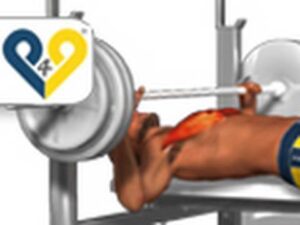
Chest Exercises: Bench Press

Digestion and Absorption of Proteins – Part 1/2

Anabolic Steroids – History, Definition, Use & Abuse Video – 39

Additional Psychiatry Video – 1

How to Do a Dumbbell Shoulder Press

Enhanced Athlete Orlistat Supplement Overview
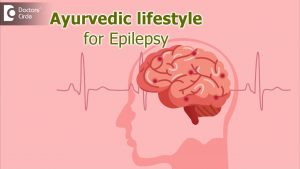
Ayurvedic lifestyle to deal Epilepsy | – Dr. Advait Kulkarni | Doctors’ Circle
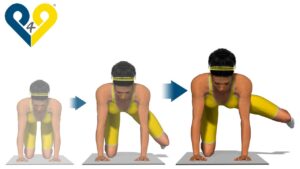
Best buttocks exercises: Side Kick with Bent Knee
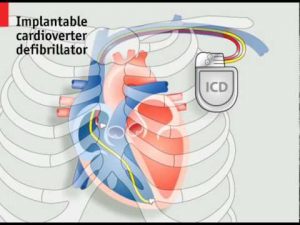
How pacemakers work | The Economist
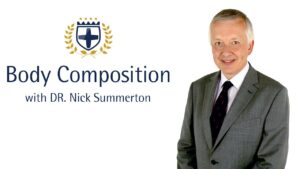
Health Check: Body Composition

Isotonic & Isometric Contractions

Heart Attack Due to Atherosclerosis

HONEST Product Review – Scivation Xtend BCAA | BeerBiceps Supplement Review

Bodybuilding Nutrition, Diet Recipes & Workout – 17
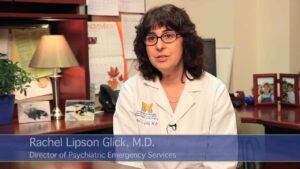
Emergency Psychiatry Video – 1
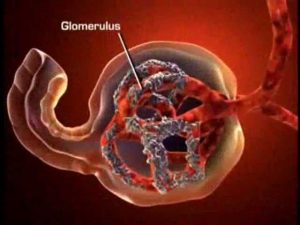
Renal Bloodflow.wmv

Atenolol 100 mg
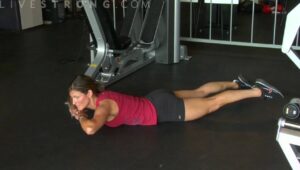
How to Do Back Extension Exercises

Neuro Surgery Video – 3
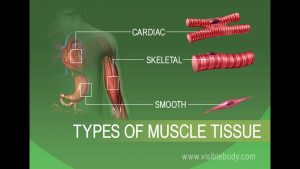
Anatomy and Physiology of Tissues

Ct Angiography full Video | StarImaging & Path Labs

I’m Having a Vitamin B Complex!! 2 of 2

PERFECT Post Workout Meal | What to Eat After a Workout | Post Workout Nutrition | Bodybuilding Food

What is FITNESS PROFESSIONAL? What does FITNESS PROFESSIONAL mean? FITNESS PROFESSIONAL meaning

What is fat? – George Zaidan
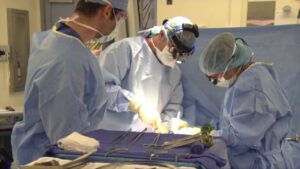
Organ Transplantation Surgeries Video – 4
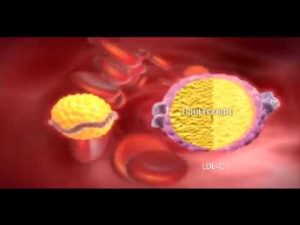
Niacin effects on Cholesterol (Mechanism of Action)

Body Composition Analysis
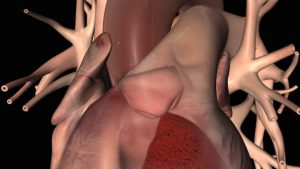
Echocardiogram (Echo)

How to Shave with Acne and Oily Skin | Men’s Skin Care Tips

Atenolol and Amlodipine Tablets | Amlokind-AT Uses,Side Effects ,Precautions, Composition, Price

Thyroid Disease : What Is Thyroid Function?

Law 6: Optimize with a Pre-Workout | 10 Laws Of Muscle-Building
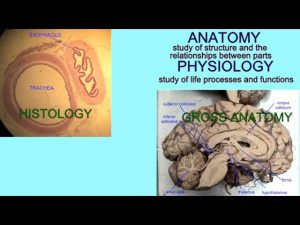
ANATOMY & PHYSIOLOGY: DEFINITIONS

